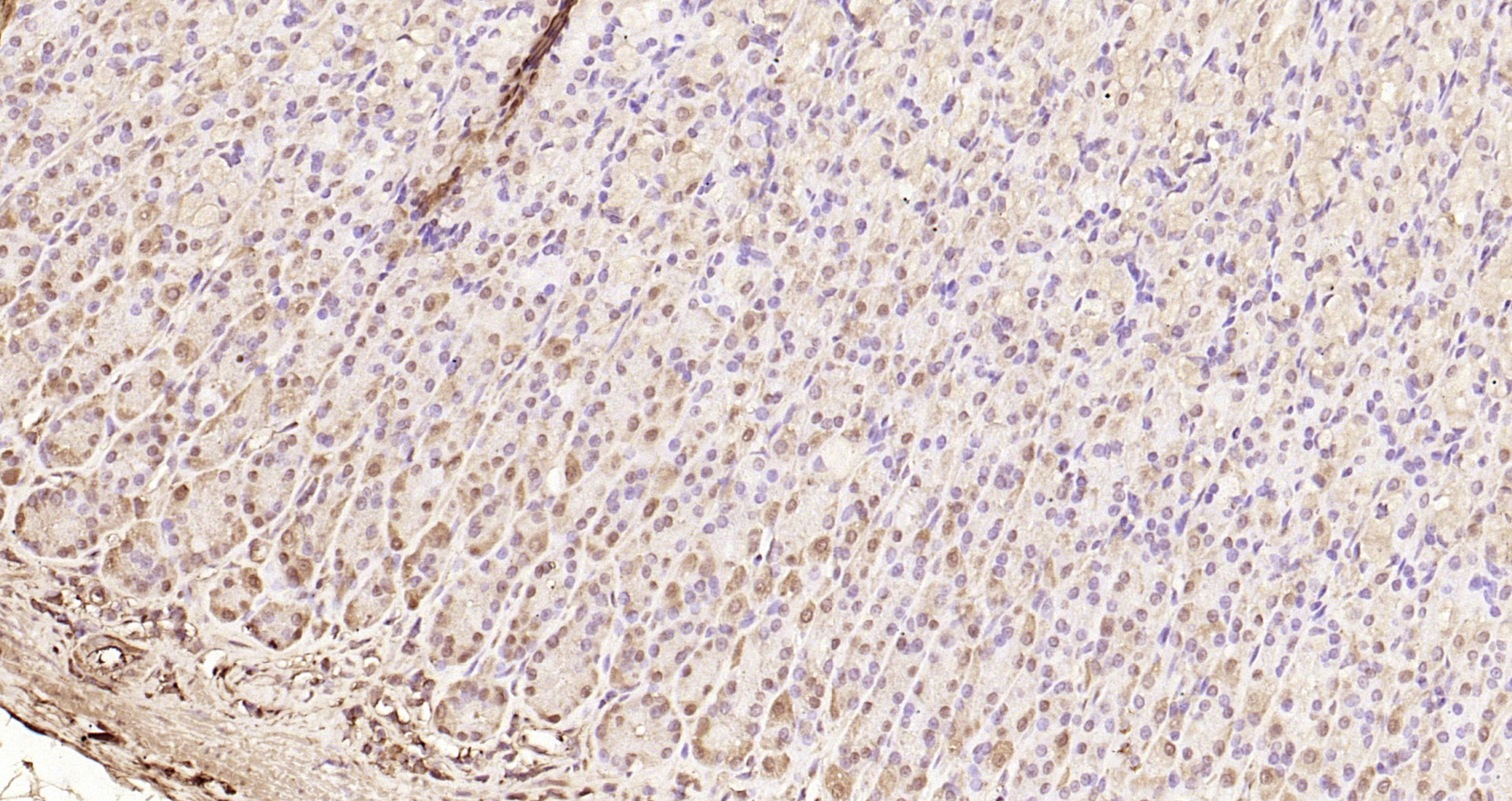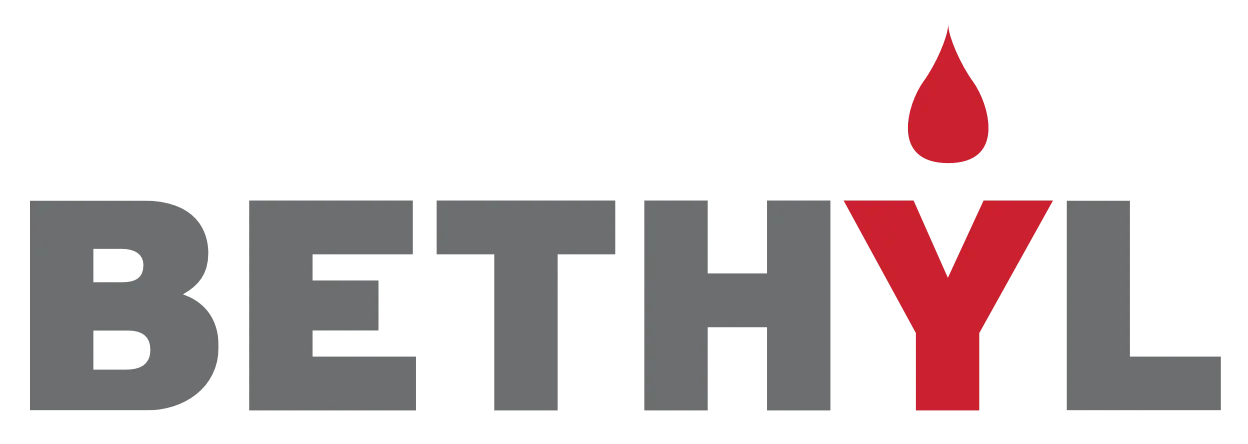SQSTM1 / P62 (phospho Ser403) antibody
GTX128171
ApplicationsFlow Cytometry, ImmunoFluorescence, Western Blot, ImmunoCytoChemistry, ImmunoHistoChemistry, ImmunoHistoChemistry Paraffin
Product group Antibodies
TargetSQSTM1
Overview
- SupplierGeneTex
- Product NameSQSTM1 / P62 (phospho Ser403) antibody
- Delivery Days Customer9
- Application Supplier NoteWB: 1:500-1:3000. ICC/IF: 1:100-1:1000. IHC-P: 1:100-1:1000. FACS: 1:50-1:200. *Optimal dilutions/concentrations should be determined by the researcher.Not tested in other applications.
- ApplicationsFlow Cytometry, ImmunoFluorescence, Western Blot, ImmunoCytoChemistry, ImmunoHistoChemistry, ImmunoHistoChemistry Paraffin
- CertificationResearch Use Only
- ClonalityPolyclonal
- Concentration0.08 mg/ml
- ConjugateUnconjugated
- Gene ID8878
- Target nameSQSTM1
- Target descriptionsequestosome 1
- Target synonymsA170; autophagy receptor p62; DMRV; EBI3-associated protein of 60 kDa; EBI3-associated protein p60; EBIAP; FTDALS3; NADGP; OSIL; oxidative stress induced like; p60; p62; p62B; PDB3; phosphotyrosine independent ligand for the Lck SH2 domain p62; phosphotyrosine-independent ligand for the Lck SH2 domain of 62 kDa; sequestosome-1; ubiquitin-binding protein p62; ZIP3
- HostRabbit
- IsotypeIgG
- Protein IDQ13501
- Protein NameSequestosome-1
- Scientific DescriptionThis gene encodes a multifunctional protein that binds ubiquitin and regulates activation of the nuclear factor kappa-B (NF-kB) signaling pathway. The protein functions as a scaffolding/adaptor protein in concert with TNF receptor-associated factor 6 to mediate activation of NF-kB in response to upstream signals. Alternatively spliced transcript variants encoding either the same or different isoforms have been identified for this gene. Mutations in this gene result in sporadic and familial Paget disease of bone. [provided by RefSeq]
- Storage Instruction-20°C or -80°C,2°C to 8°C
- UNSPSC12352203
References
- Phosphorylation of phase-separated p62 bodies by ULK1 activates a redox-independent stress response.Read more
- Functional Characterization of a Familial ALS-Associated Missense TBK1 (p-Arg573Gly) Mutation in Patient-Derived Lymphoblasts.Read more
- Depletion of VPS35 attenuates metastasis of hepatocellular carcinoma by restraining the Wnt/PCP signaling pathway. Liu Y et al., 2021 Mar, Genes DisRead more
- p62/SQSTM1-droplet serves as a platform for autophagosome formation and anti-oxidative stress response. Kageyama S et al., 2021 Jan 4, Nat CommunRead more
- Pyrvinium pamoate attenuates non-alcoholic steatohepatitis: Insight on hedgehog/Gli and Wnt/beta-catenin signaling crosstalk. El-Derany MO et al., 2020 Jul, Biochem PharmacolRead more
- Analysis of Cadmium, Epigallocatechin Gallate, and Vitamin C Co-exposure on PC12 Cellular Mechanisms. Bondad SEC et al., 2020 Dec, Biol Trace Elem ResRead more
- PTK2/FAK regulates UPS impairment via SQSTM1/p62 phosphorylation in TARDBP/TDP-43 proteinopathies. Lee S et al., 2020 Aug, AutophagyRead more
- Shifting the balance of autophagy and proteasome activation reduces proteotoxic cell death: a novel therapeutic approach for restoring photoreceptor homeostasis. Qiu Y et al., 2019 Jul 18, Cell Death DisRead more
- RAB2 regulates the formation of autophagosome and autolysosome in mammalian cells. Ding X et al., 2019 Oct, AutophagyRead more
- Retinoic acid worsens ATG10-dependent autophagy impairment in TBK1-mutant hiPSC-derived motoneurons through SQSTM1/p62 accumulation. Catanese A et al., 2019 Oct, AutophagyRead more







